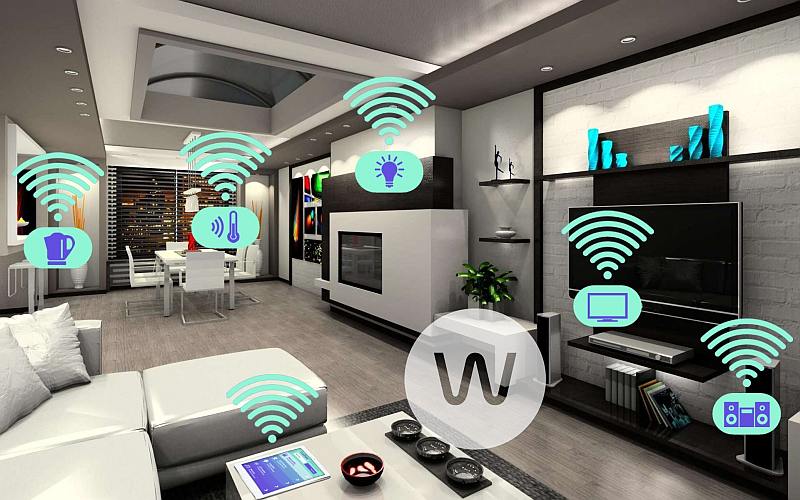Home automation has revolutionized the way we interact with our living spaces, offering convenience, energy efficiency, and enhanced security. With DIY home automation, you can transform your house into a smart home without the need for extensive technical expertise. In this guide, we will explore the essential steps and components to help you embark on your DIY home automation journey.

1. Define Your Goals and Priorities:
a. Assess your needs: Determine the aspects of your home that you want to automate, such as lighting, security, temperature control, entertainment, or energy management.
b. Set priorities: Identify the areas that are most important to you and prioritize them based on your lifestyle and preferences.
2. Choose a Home Automation Hub:
a. Select a central hub: A home automation hub acts as the central control system for your smart devices. Popular options include:
– Smart speakers with built-in hubs (e.g., Amazon Echo with Alexa or Google Nest Hub).
– Dedicated smart home hubs (e.g., Samsung SmartThings, Hubitat Elevation, or Apple HomePod).
– Home automation software platforms (e.g., Home Assistant or openHAB).
3. Select Smart Devices:
a. Lighting: Replace traditional bulbs with smart LED bulbs or install smart switches or dimmers to control your lights remotely or through voice commands.
b. Security: Install smart door locks, video doorbells, and security cameras for remote monitoring and control of your home’s security.
c. Climate control: Use smart thermostats to regulate temperature and optimize energy usage based on your preferences and occupancy patterns.
d. Entertainment: Connect your audio and video devices to smart hubs for centralized control and voice commands.
e. Energy management: Install smart plugs or smart power strips to monitor and control energy usage of appliances and electronics.
4. Establish Connectivity:
a. Wi-Fi network: Ensure your home has a reliable and secure Wi-Fi network to connect your smart devices.
b. Network security: Implement strong Wi-Fi passwords and consider additional security measures such as guest networks and firewall settings.
5. Set Up Automation and Control:
a. Install and configure the mobile app: Most smart devices have dedicated mobile apps that allow you to control and customize their settings.
b. Create automation routines: Use the automation features of your home automation hub or smart devices to create routines or scenes that trigger specific actions based on predefined conditions or schedules.
c. Voice control: Enable voice control by integrating your home automation hub with voice assistants like Amazon Alexa or Google Assistant.
6. Expand and Customize:
a. Add more smart devices: Gradually expand your smart home ecosystem by adding new devices and integrating them into your existing setup.
b. Customize settings: Fine-tune your automation routines and device settings to suit your preferences and optimize functionality.
7. Maintain and Upgrade:
a. Firmware updates: Regularly check for firmware updates for your smart devices and hub to ensure security and access the latest features.
b. Evaluate new technologies: Stay updated with emerging smart home technologies and consider upgrading or integrating new devices as per your needs.
Conclusion:
DIY home automation allows you to customize your smart home according to your specific needs and preferences. By defining your goals, selecting the right home automation hub and smart devices, establishing connectivity, and setting up automation and control, you can transform your house into a convenient, energy-efficient, and secure smart home. Remember to expand and customize your setup over time and stay informed about the latest advancements in the field to continually enhance your smart home experience.